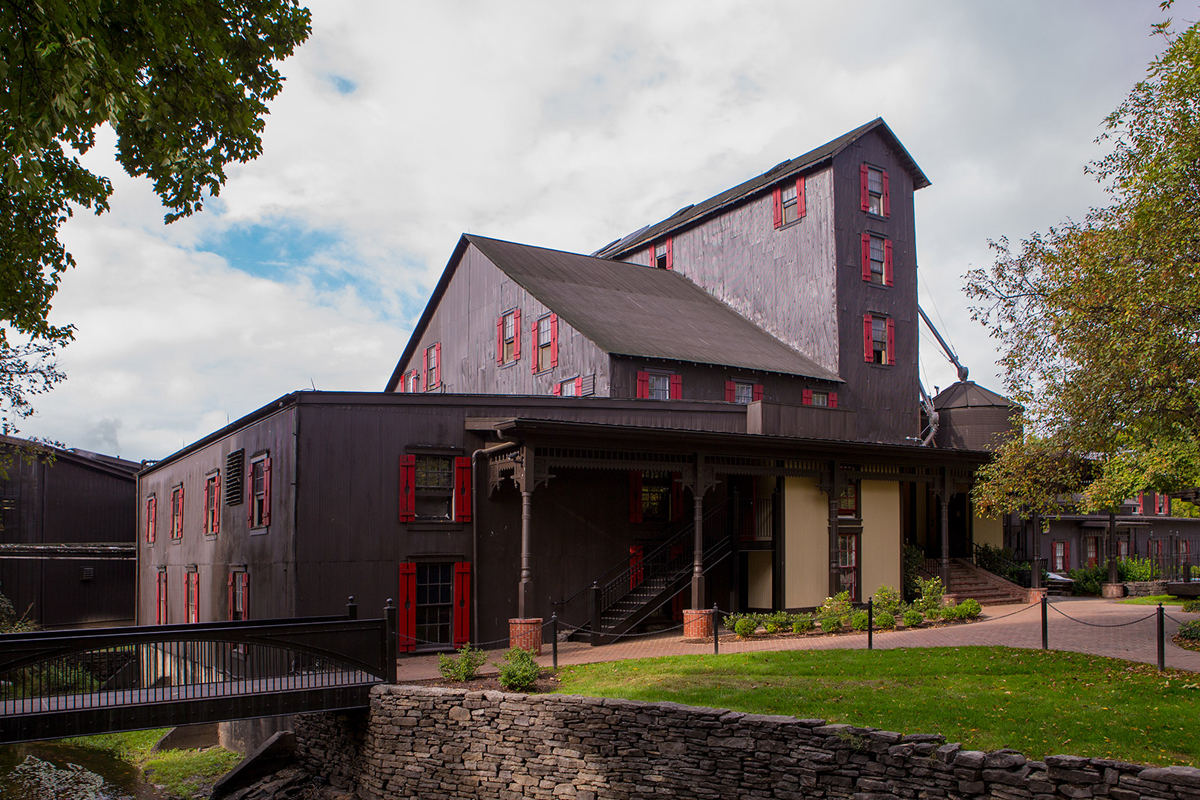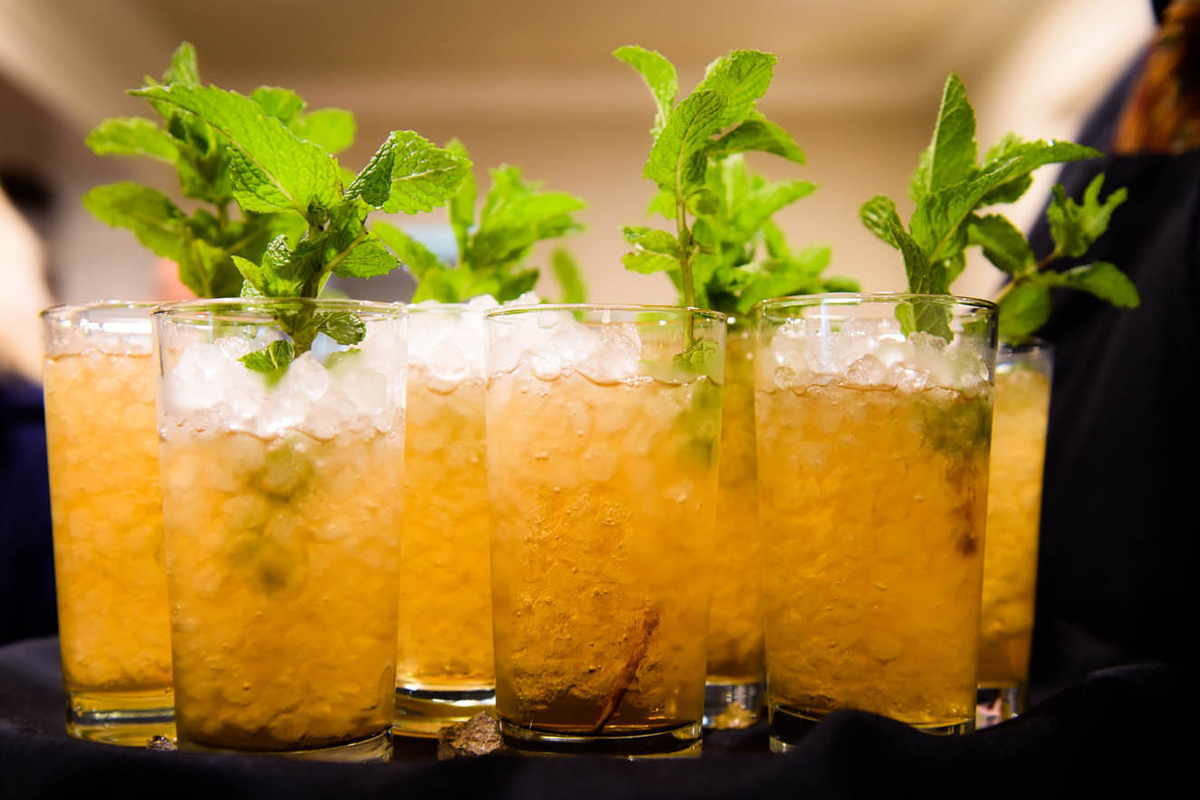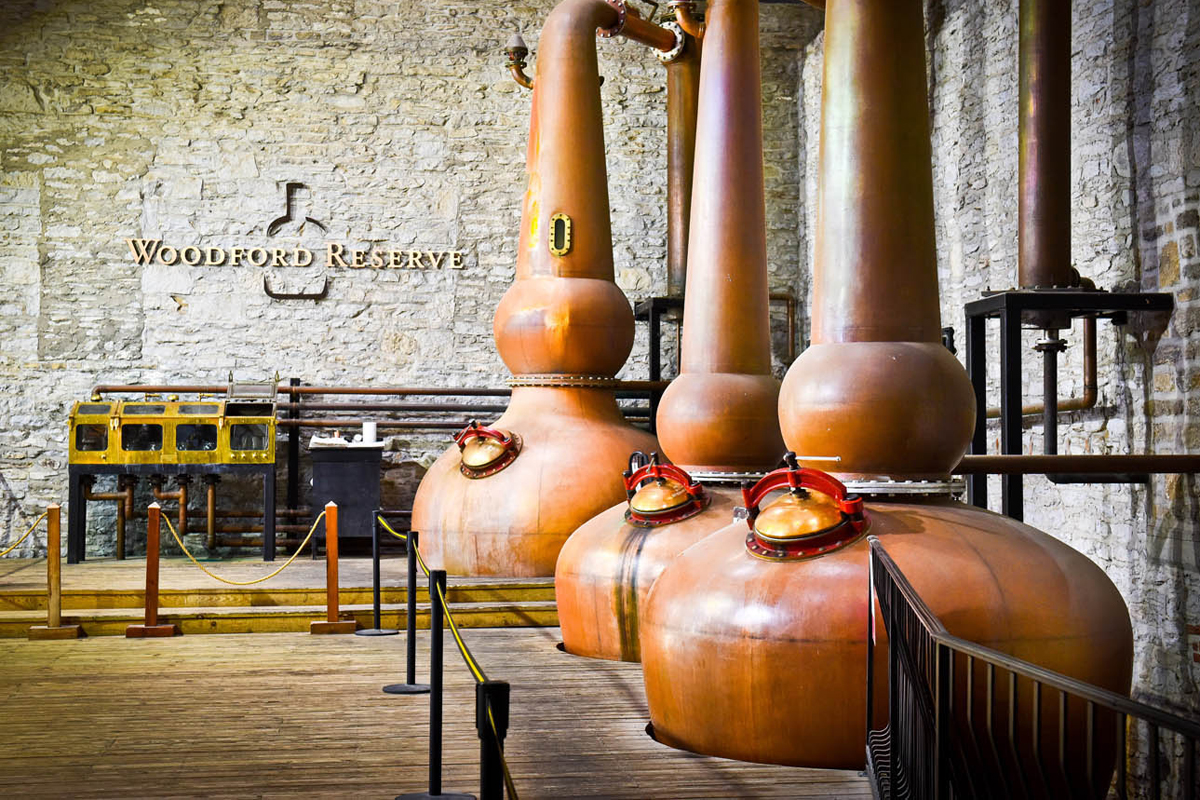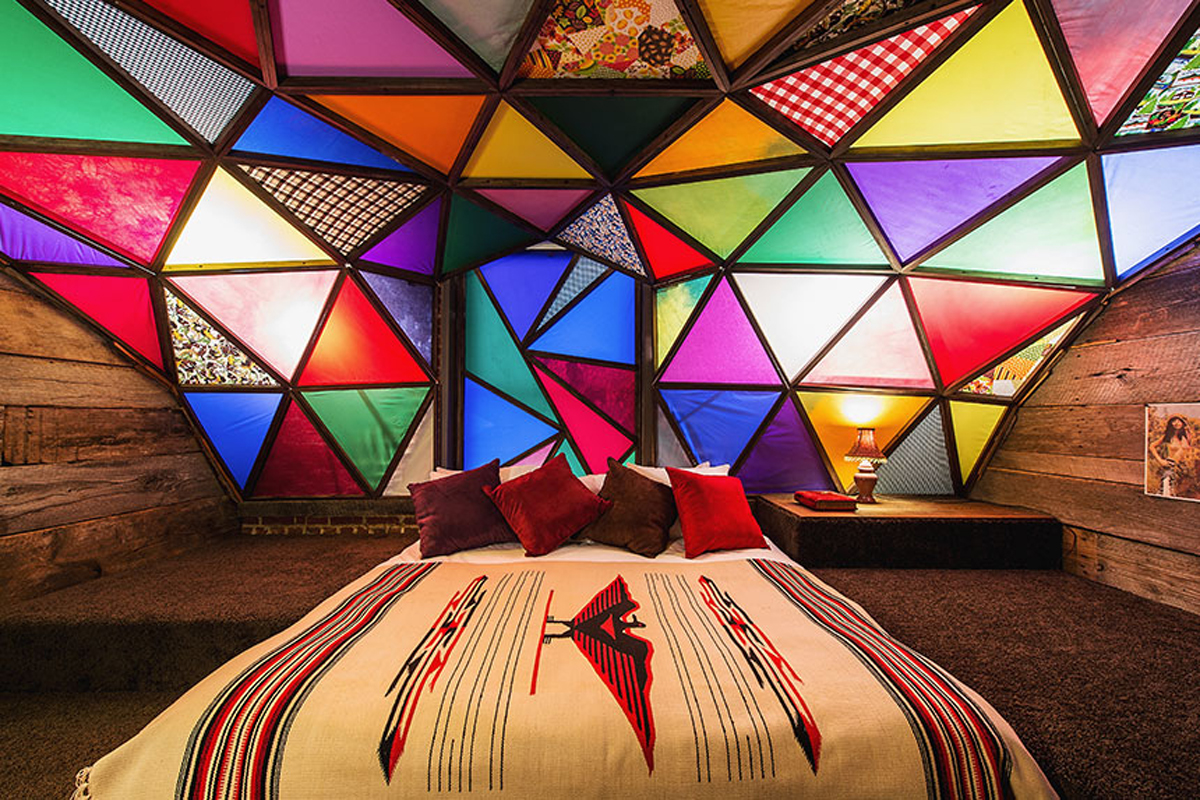Highlights From The American Whiskey Trail
A map of liquid treasure stretching across the south

The American Whiskey Trail is more than a place for bourbon enthusiasts to appreciate what they’ve spent so much time investing in, but it’s a means to do so through immersion at the source. To feel its place of origin, its terroir. Comprised of a dozen or so major distillers, many more smaller boutique distilleries, and a sundry of bourbon-related POIs (for example: coopers, still-makers, taverns, museums), the American Whiskey Trail is not so much a plotted path as it is a conceptual treasure map. For an easy entry point, the AWT can be enjoyed by staking down in Louisville, Kentucky, and Nashville, and venturing forth from these urban centers in hazy but thoroughly enjoyable day trips. After experiencing most of the largest distilleries and visiting with a handful of craft whiskey makers, we can say these (and, of course, Wild Turkey) are some must-see highlights from the Trail.

Maker’s Mark
Maker’s Mark might just be the most progressive distillery in how it caters to customers. They’ve just opened the first farm-to-table restaurant on the Trail, Star Hill Provisions, helmed by Newman Miller who understands the way to a foodie’s heart. The chef is so local he used to sneak into the property as a kid and swim in their 14-acre pond. That said, there are many expensive processes that Maker’s undergoes that underscore the Samuels family’s dedication to quality over the bottom line. They use actual humans to hand-dip their bottles in the red wax that has become the brand’s signature; they are only one of two whisky distilleries to use a roller mill instead of a hammer mill (the only other being Scotland’s Highland Park); every label is printed via a 1944 Chandler & Price printing press. Most noteworthy is Maker’s Mark dedication to shifting their barrels in the rickhouse, moving top barrels to the bottom and vice versa throughout the aging process (due to heat, barrels at the top normally age quicker). It’s an expensive, labor-intensive and inefficient chore, and no other major distillery bothers to do this backbreaking task, but the result is a more balanced barrel, and the reward can be tasted with every sip.

Haymarket Whiskey Bar
At the Haymarket, it’s all in the name. Around 400 whiskeys line the shelves of this downtown bar at any given time, including 250 bourbons and the largest selection of private barrels in Louisville. While its trove is top shelf, the vibe isn’t—think dive bar with a decided enthusiast’s bent. A half-dozen vintage pinball games will entertain as you sip down a dram of Four Roses Haymarket select, or head to the back room to catch some live music.

Seelbach Hotel
When in Louisville, you’re going to need a place to sleep off your buzz, and there’s no more regal option than the Seelbach. Built in 1905, the historic hotel comes replete with famous ghost, the Lady In Blue, who roams the eighth floor. It’s the type of regal Southern palace that F. Scott Fitzgerald would drink at while stationed nearby. He was so in love with the Seelbach that he made its Grand Ballroom the location of Tom and Daisy’s wedding in “The Great Gatsby.” With a majestic staircase, marbled lobby and spectacular cellar bar (the arch-roofed Rathskeller), the Seelbach is the type of place you stay at if you want to seep into Kentucky’s rich history.

Woodford Reserve
There’s a certain beauty to Woodford Reserve’s distillery. Nestled among rolling green hills in the heart of Kentucky’s famed horse country, the Woodford Reserve campus exists in a location that has distilled since the early 1800s. Woodford make their own barrels, and were the first in history to toast them before charring—a procedure that is now commonplace in American whiskey. Similar to Maker’s, Woodford is also cognizant of offering a holistic epicurean experience to visitors, hiring five-time James Beard Award-winning chef Ouita Michael to run their on-site restaurant.

Brown-Forman Cooperage
Amidst visits to the various distilleries, take time to visit the Brown-Forman Cooperage in Louisville. It is critical in appreciation of whiskey of all types (both those spelled with “e” and without) to have a clear understanding of the craftsmanship that goes into every barrel. The coopers fit the staves with machine-like precision and concentration. Strictly via hand-eye coordination, somehow perfectly selecting the exact number and width of each board to make a perfect 53.5-gallon barrel. With speed, too: the best coopers make up to 300 barrels a day. The expertise is astonishing. Other highlights include the charring of barrels with pillars of flame, and snickering when the guide takes you to where the bungholes are drilled. Noting that most of the world’s tequila, mescal and scotch is aged in used American White Oak bourbon barrels, you will begin to appreciate the influence that these coopers have on the worldwide spirits stage.

Jack Daniels
No matter where you are in the world, whatever kind of venue you find yourself, it is all but certain there will be a bottle of Jack Daniels somewhere on the shelf. And, unlike many spirits produced in numerous plants, every drop of Jack you’ve ever sipped comes from one place: the Jack Daniels Distillery in Lynchburg, Tennessee. Despite its ubiquity, a visit to the Jack Daniels Distillery will vanquish any negative beliefs about it. Only copper touches their bourbon (some sheath stainless steel stills in copper to give that illusion, saving millions) and they make all their own barrels. Every drop of their water comes from the source, naturally purified by the limestone shelf and bubbling from the spring crystal clear.

21c Museum Hotel
While the Seelbach is the elegant throwback accommodation option, the 21c Museum Hotel is the more modern one. It’s a chic hotel, with a lobby that doubles as a functioning art gallery/museum. Its restaurant, Proof On Main, is considered one of the best in Louisville, and its bar is the master bartender’s answer to the Haymarket. Proof takes great pride in stocking the shelves with Kentucky’s best browns (including many bottled specifically for the bar), but they also offer non-bluegrass options like West Virginia’s Slow Ambler. Make sure to take a moment to enjoy the oil paintings of the founding couple/art patrons Laura Lee Brown and Steve Wilson decorating the walls—dressed in their Sunday best, the portraits are sure to spur hours of spirited conversation.
Images courtesy of respective venues, hero image also courtesy of Maker’s Mark












